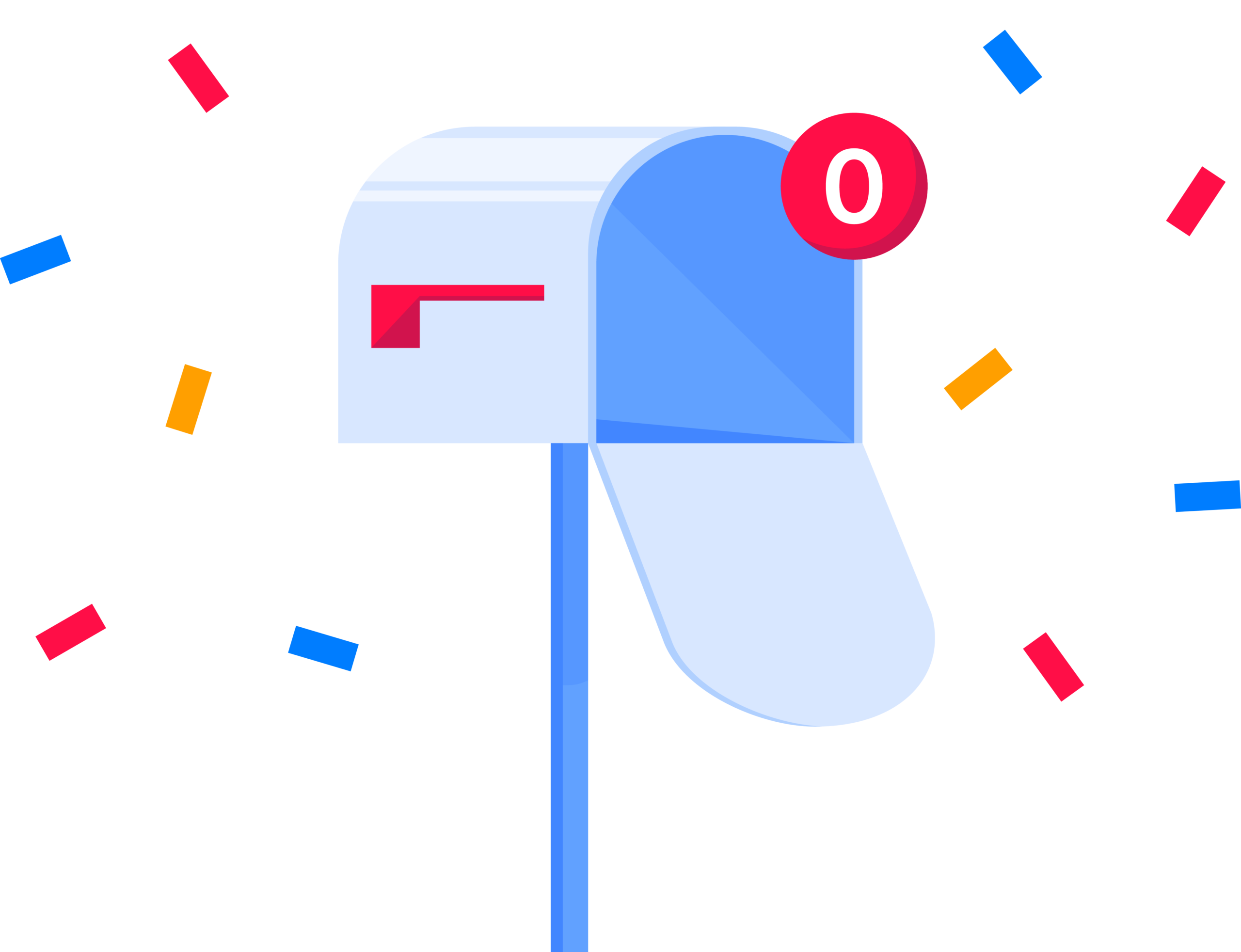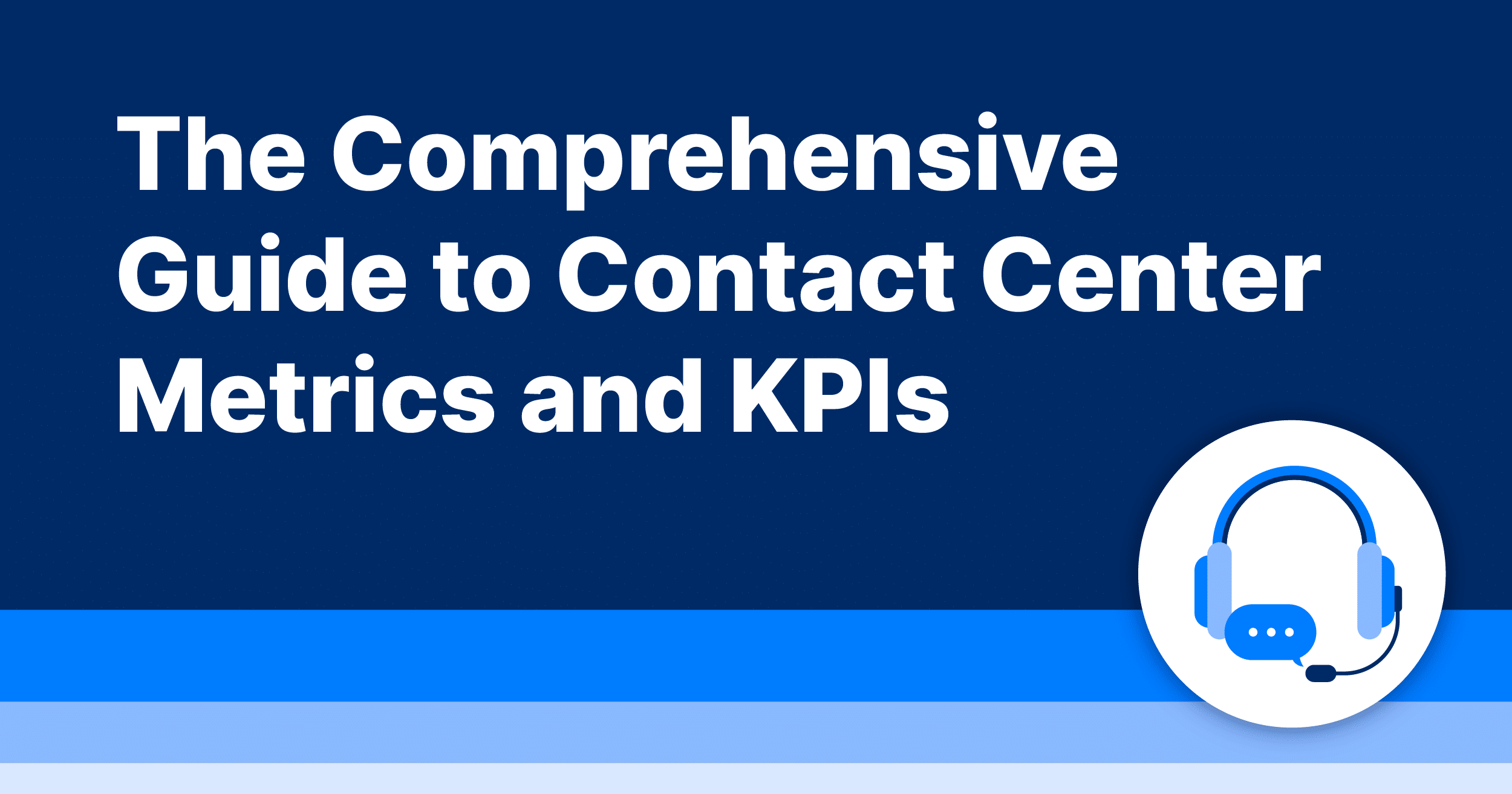In today’s highly competitive business landscape, maintaining exceptional customer service is critical for success. Contact centers play a significant role in shaping customer experiences and loyalty. In fact, 83% of customers expect their problems to be solved by just one person—so every interaction must be seamless and helpful. To ensure optimal performance, it’s crucial to understand and monitor key contact center metrics and KPIs (Key Performance Indicators). This guide will delve into three primary areas: essential metrics every contact center should track, KPIs that agents should be held accountable for, and how AI can enhance both metrics and KPIs.
Metrics All Contact Centers Should Be Tracking
Effective contact center management begins with tracking the right metrics. One of the most vital contact center metrics is the Customer Satisfaction Score (CSAT), which measures how pleased customers are with the service they receive. This metric is typically captured through post-interaction surveys and offers direct insights into customer experiences. High CSAT scores indicate that the contact center is meeting customer expectations, while low scores highlight areas needing improvement.
Net Promoter Score (NPS) is another critical metric, assessing the likelihood of customers recommending your service to others. This metric is strongly correlated with customer loyalty and satisfaction. NPS is measured by asking customers how likely they are to recommend your service on a scale of 0-10. Subtracting the percentage of detractors (those who rate 0-6) from the percentage of promoters (those who rate 9-10) gives the NPS. A high NPS suggests that your customers are satisfied and willing to advocate for your brand, which can drive new business through referrals.
First Call Resolution (FCR) measures the effectiveness of resolving customer issues during the first interaction. High FCR rates indicate that your agents are well-trained and capable of addressing customer concerns promptly, reducing the need for follow-up calls. This metric is crucial for customer satisfaction and operational efficiency, as it not only enhances the customer experience but also optimizes resource utilization by decreasing call volumes.
Average Handle Time (AHT) is another important metric, tracking the average duration agents spend on a call, including hold time and after-call work. While a lower AHT generally indicates higher efficiency, it’s important to balance efficiency with quality. Extremely low AHT may suggest that agents are rushing through calls, potentially compromising the quality of service. Contact centers should aim for an optimal AHT that ensures thorough and satisfactory customer interactions.
Service Level measures the percentage of calls answered within a specific timeframe, providing insights into how well your contact center manages call volume. High service levels mean customers spend less time waiting, which is crucial for maintaining customer satisfaction. This metric also serves as an operational benchmark to ensure adequate staffing levels and resource allocation.
The Abandonment Rate is the proportion of callers who hang up before reaching an agent. High abandonment rates typically indicate long wait times and can significantly harm your reputation. This metric is essential for identifying areas where call handling processes can be improved, such as optimizing IVR systems or adjusting staffing levels during peak times.
Occupancy Rate measures the percentage of time agents spend actively handling calls versus being available. This metric is a key indicator of agent productivity and financial efficiency. High occupancy rates suggest efficient use of agents, ensuring that human resources are optimized, and downtime is minimized. However, it’s also important to manage occupancy rates to prevent agent burnout, which can negatively impact performance and customer satisfaction.
KPIs Contact Center Agents Should Be Held Accountable For
Monitoring and holding agents accountable for specific contact center KPIs can significantly enhance performance and customer satisfaction. One of the most critical KPIs is First Call Resolution (FCR), which measures an agent’s ability to resolve customer issues during the first interaction. High FCR rates reflect an agent’s proficiency and capability to handle queries effectively. To improve FCR, agents should be thoroughly trained on common issues and resolutions and encouraged to communicate clearly and empathetically with customers.
Average Handle Time (AHT) is another vital KPI. AHT helps measure the efficiency and speed of handling customer interactions. While it’s important for agents to handle calls efficiently, they must also ensure that they don’t compromise on quality. Agents can improve their AHT by using scripts and guides for faster and accurate responses, along with regular training to enhance their knowledge and handling skills.
Customer Satisfaction Score (CSAT) provides direct feedback on how satisfied customers are with an agent’s service. High CSAT scores indicate high service quality and reflect an agent’s ability to meet customer expectations. To achieve high CSAT scores, agents should focus on being empathetic, actively listening to customers, and effectively resolving issues. Providing personalized service and going the extra mile to address customer concerns can significantly boost CSAT scores.
Call Transfer Rate measures how often an agent transfers calls to another agent or department. High transfer rates can frustrate customers in need of quick resolutions, while low rates indicate an agent’s ability to handle a wide range of issues. To minimize transfer rates, agents should receive comprehensive training on common issues and resolutions and be encouraged to use all available resources before transferring calls.
Adherence to Schedule is an essential KPI that measures how well agents stick to their assigned schedules. This includes login times, breaks, and overall availability during shifts. High schedule adherence ensures sufficient staffing levels, preventing long wait times and reflecting the agent’s reliability and commitment. Agents should be provided with clear and accessible scheduling information and allowed some degree of flexibility while close monitoring ensures accountability.
The Quality Assurance Score is a composite KPI based on evaluating agent interactions with customers. This includes assessing communication skills, problem-solving ability, and adherence to protocols. Regular performance evaluations and constructive feedback help maintain high service quality, identifying areas for training and development. Offering coaching sessions to address specific weaknesses ensures continuous improvement and service excellence.
Attendance and Absenteeism tracks the agent’s presence during scheduled shifts. High absenteeism can disrupt operations and affect service levels. Monitoring attendance is crucial for ensuring operational continuity and reflecting the agent’s work ethic and reliability. Establishing and communicating clear attendance policies and creating a supportive work environment can help reduce absenteeism and promote a culture of accountability.
How AI Can Enhance Contact Center Metrics and KPIs
Artificial Intelligence (AI) is revolutionizing contact centers by providing real-time data analysis and actionable insights into performance metrics and KPIs. AI can analyze vast amounts of data in real-time, offering immediate feedback to managers and agents. This capability allows for swift identification and rectification of issues, ensuring optimal performance and customer satisfaction. By providing real-time insights into metrics like response times and customer satisfaction, AI enables managers to make informed decisions on the fly.
AI-powered chatbots and virtual assistants manage routine queries and tasks, significantly reducing the workload on human agents. This deflection helps improve critical metrics such as Average Handle Time (AHT) and First Call Resolution (FCR). By handling repetitive tasks, AI chatbots free up agents to focus on more complex issues, ensuring efficient and timely customer service. Instant responses to common queries reduce wait times, enhancing overall customer satisfaction.
Intelligent routing is another incredible AI feature that ensures customer inquiries are directed to the most suitable agent based on factors like agent specialization, customer history, and the complexity of the issue. Proper routing increases the likelihood of resolving issues in the first contact, improving FCR and reducing handle time. AI-driven sentiment analysis can gauge the emotional tone of customer interactions in real-time. Understanding customer sentiment allows agents to adjust their approach, providing personalized and empathetic service, leading to improved customer satisfaction.
AI can automate the generation and interpretation of performance reports, saving managerial time and providing comprehensive insights through easily digestible dashboards. Automated reports offer a holistic view of performance metrics, enabling informed decision-making and continuous improvement. Predictive analytics, powered by AI, can forecast call volumes, customer behavior, and agent performance trends. This capability allows better planning and resource allocation, ensuring efficient operations and high performance.
Personalized training programs can be designed using AI-driven analytics to identify specific areas where agents need improvement. This targeted training ensures agents receive the support they need to excel in their roles and improve specific KPIs. Regular, data-driven training keeps agents updated with best practices, fostering a culture of continuous development and high performance.
AI provides real-time coaching and feedback, allowing agents to adjust their performance on the fly. This immediate feedback helps maintain high standards and ensures agents can correct their approach instantly. Continuous monitoring and feedback create a supportive environment that fosters excellence.
AI-powered analytics platforms often come with self-service capabilities, enabling managers and agents to explore data and generate insights without extensive technical knowledge. By democratizing data analytics, AI makes it accessible to non-technical staff and empowers agents and managers to take ownership of their performance metrics.
Understanding and tracking contact center metrics and KPIs is crucial for the overall success of your contact center. Focusing on metrics like Customer Satisfaction, First Call Resolution, and Average Handle Time, while holding agents accountable for key KPIs, ensures high performance and customer satisfaction. Integrating AI into your contact center operations elevates these metrics and KPIs, providing real-time insights, intelligent routing, and personalized training.
Harness the power of AI to transform your contact center into a hub of efficiency and customer satisfaction. Continuous monitoring and improvement benefit both agents and customers, driving your business toward greater success.








